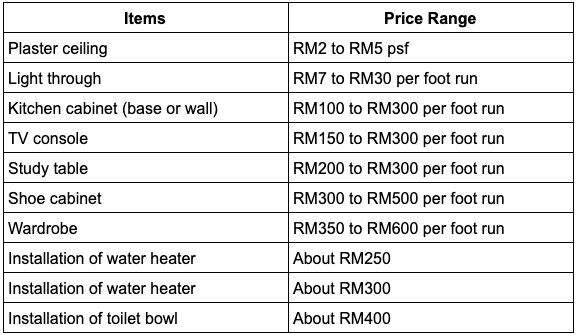

As a result, it is quite complex to make a competitive and best judgment during equipment acquisition. The advent of technological needs in construction practices demands substantial usage of mechanized equipment. Procurement process is characterised by supplier’s commitment, purchase management, effective material delivery management, and efficient bill of quantity. These facts are duly supported in the Malaysian construction industry wherein construction equipment selection is termed as a strategic decision and has a high economic impact on the project budget. The main objective in such a process is to arrive at the selection of the right equipment for carrying out scheduled tasks with high efficiency, productivity, and economic viability. The procurement of construction equipment is a complex and multifaceted process. As such, the proposed procurement index shall help decision-makers in the process of the acquisition of sustainable construction equipment in Malaysia. The application of analytical hierarchy process (AHP) established the sustainable procurement index with a consistent sensitivity analysis results. A multicriteria-based equipment selection framework on the triple bottom line of sustainability in the context of the Malaysian construction industry has been developed and tested. This research aims to address these apprehensions by considering six main criteria, namely, life cycle cost (LCC), performance (P), system capability (SC), operational convenience (OC), environmental impact (EI), and social benefits (SBs), and their 38 subcriteria towards procurement of sustainable construction equipment. The notion of green or sustainable procurement is still infancy for the Malaysian construction industry and facing challenges for embedding it in the current procurement practices. However, sustainability apprehensions in today’s Malaysian construction industry have mounted pressure on industry professionals to rethink their equipment acquisition strategies. In this regard, selection criteria in such procurement processes are generally supportive of considering cost and engineering specifications as key parameters. Besides its other facets, procurement of construction equipment is inherited to be capital-intensive and vital for managing environmental concerns associated with built environment projects. However, organizations in the construction industry often encounter impediments in improving environmental performance in construction projects, especially in procurement. Sustainable procurement is an emerging theme in the construction industry across the globe.


 0 kommentar(er)
0 kommentar(er)
